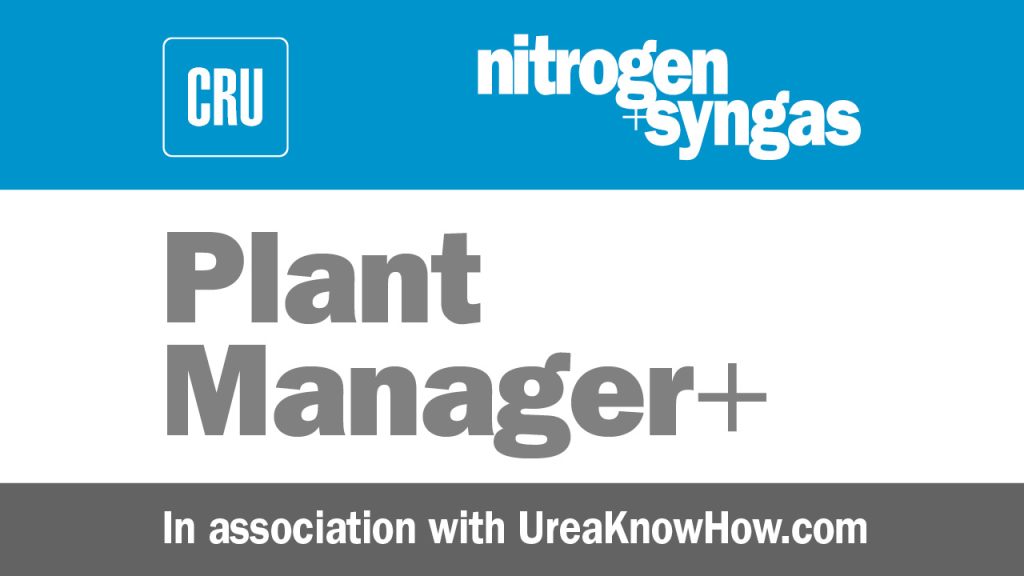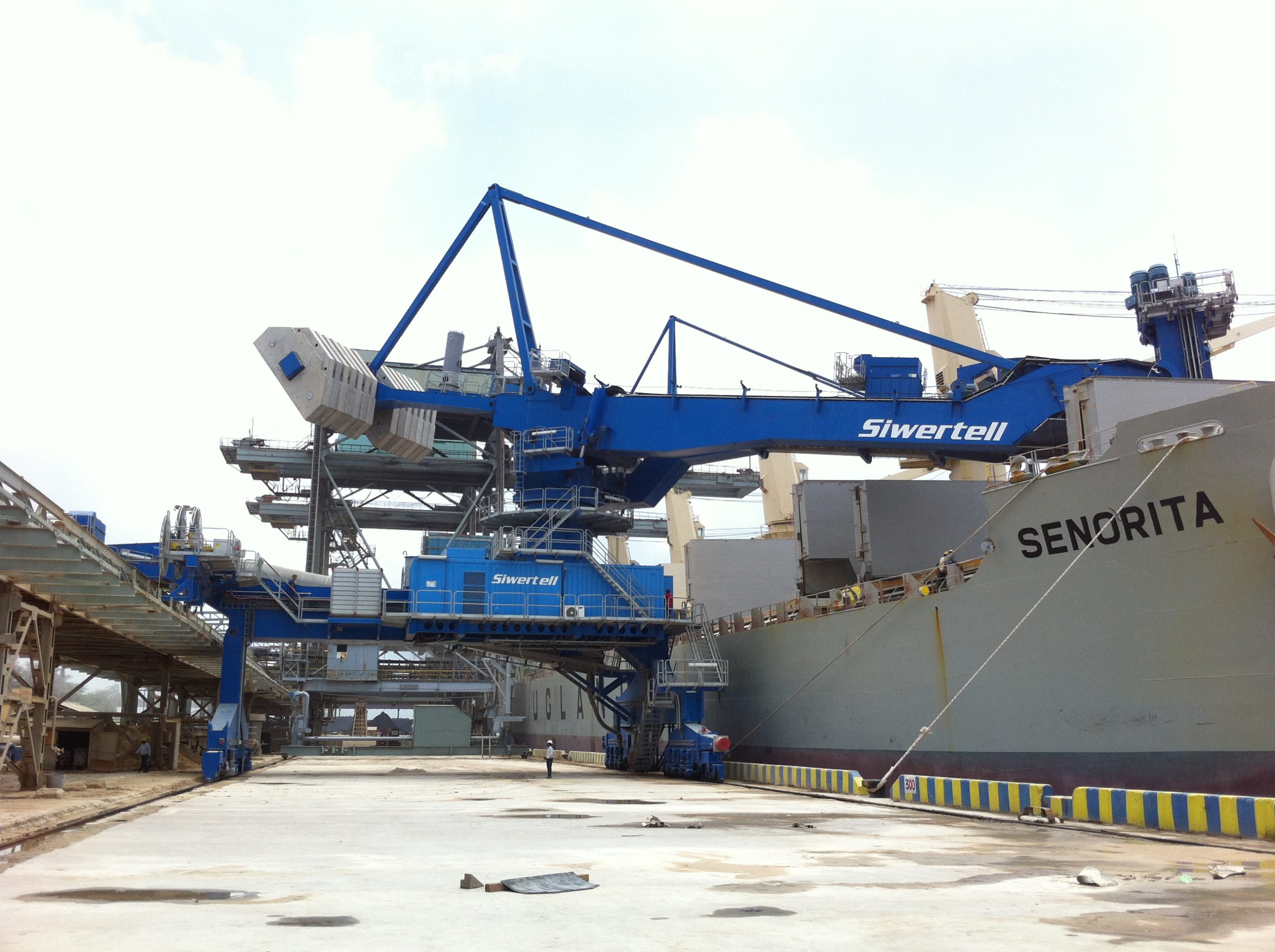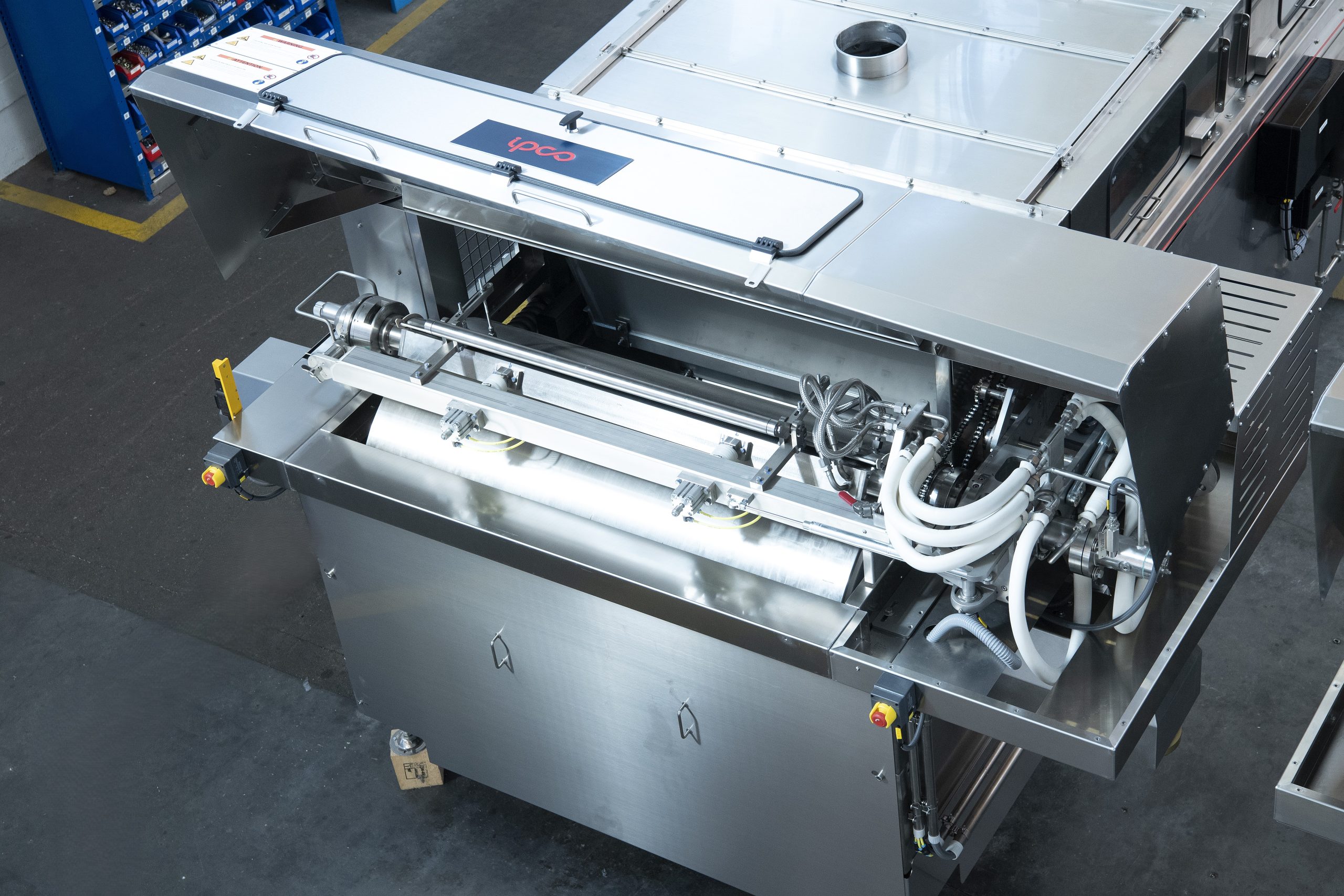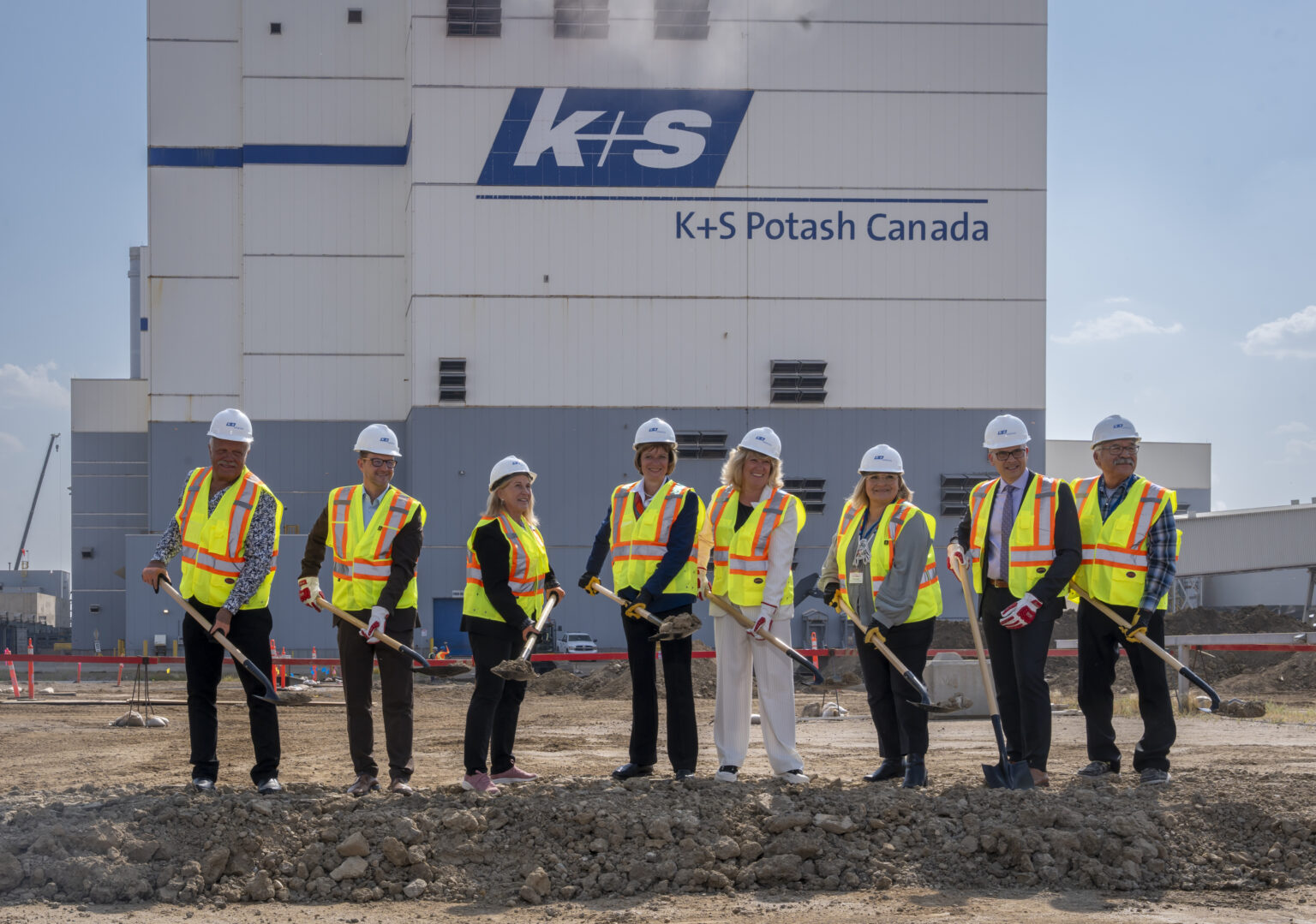Nitrogen+Syngas

31 May 2018
Problem No. 48: Seal systems of high pressure reciprocating pumps
There is a lot of misunderstanding about the purpose and functioning of the seal systems (stuffing box) of the high pressure (HP) ammonia and HP carbamate reciprocating pumps. Some believe that lubrication is the main purpose, while others feel it is all about sealing. Both views are partly true. And for the HP ammonia pumps the objective is also to maintain the possibility to retighten the packing when ammonia starts to leak through the stuffing box. The stuffing box consists of the plunger, the casing, the high and low pressure packing assemblies, the glands and the seal system, either oil or water. This round table discussion is all about the experiences of various end users.

Mr Mien Pin Chin from Asean Bintulu Fertilizer in Malaysia initiates the discussion: Can anyone tell me why our Uraca HP reciprocating carbamate pump requires two seal-water injection points for the plungers – one nearest to the plunger, which is supplied by a centrifugal pump, and another injection point nearest to the discharge, where the seal water is injected by an attached injection pump (positive displacement (PD) type)? Why can’t we just use the seal water from the PD injection pump? Why add another injection point supplied by a centrifugal pump? As for the NH3 pump plunger seal oil, why can’t we use water? Will it cause corrosion problems in the discharge piping?
Mr Mahmood Rauf Zafar from Fauji Fertilizer Company in Pakistan has a similar question and explains his issues: I would also like to change the HP ammonia pumps plunger sealing to water instead of seal oil for the following reasons:
- The seal oil recovery system is large i.e. three oil tanks, one centrifugal pump, two seal oil return lines and one supply line.
- The recovery of ammonia losses from seal oil is difficult – ammonia is being vented locally. Land contamination by oil drained from vessels during plant shutdowns and during vessel handover is difficult.
- Poor performance of heat exchangers due to oil contamination. Would anyone like to share their problems with seal water or any available literature? Which is more cost effective, oil or water?
Mr Muhammad Farooq from SABIC-Safco in Saudi Arabia replies: It needs to be considered on a case by case basis as there are questions around both carbamate pump water seal systems and ammonia pump oil seal systems:
HP ammonia pump: Many pump vendors use a water seal system for their ammonia pump (PD). Why? Will it cause corrosion? Is it is due to the quality of the water or something else? The ammonia pump oil seal system can be changed to a water seal system. It is economical and ammonia can be recovered. I would be interested to hear more about Mahmood’s experiences as we don’t have any ammonia losses or oil contamination issues.
HP carbamate pump: Sealing from the PD pump on the discharge line may be to counter the change of discharge pressure as the centrifugal pump cannot meet the pressure requirements because the system has a PD Uraca pump, whereas the centrifugal pump is only used to counter carbamate leakage from the plunger sealing and the pressure requirement is less as it is only a seal leak.
Mr Girish Prakash of Yara (former Tata Chemicals Ltd.) in India shares his experiences: Water sealing on ammonia pumps is now a standard feature. It has plus points in that it eliminates expensive lube oil consumption and problems of occasional oil carryover in the process leading to faulty level gauge indications in the medium pressure absorber. Sometimes even product quality may be affected due to this. The negative aspect is a slight increase in the waste water section load due to additional ammonia water from the plungers. Periodic tightening of the plunger packing plays an important role in keeping the ammonia content in the outlet condensate under control. Only steam condensate/boiler feed water should be used for plunger sealing/flushing.
Mahmood has another question: Please share the boiler feed water flow requirement and temperature. We have Uraca ammonia pumps.
Mien also comes back with more information: For the ammonia pump, the idea of changing from seal oil to seal water is not readily accepted by some people and therefore I hope to get more clarification. My questions are:
- When you mention that water sealing is a standard feature on ammonia pumps does that mean new pumps have water sealing or were you able to modify the existing pumps by changing their seal system from oil to water?
- Are there any differences in the material for construction for pumps using seal oil compared to those using seal water?
- For the seal water, does demin water have to be used? Our desorption system is already overloaded due to a number of revamps and the idea was to use ammonia water from the ammonia water tank so that no extra water is introduced into the system.
- For those using seal water for the ammonia pump, is there any effect on the urea conversion at the reactor? (The point made by other engineers is that the more water that goes to the NH3 water tank,the more water will be sent back to the synthesis, reducing conversion).
- Were you able to handle the extra ammonia water without pumping more to the synthesis via the carbamate pump?
Girish replies: The boiler feed water flow requirement is roughly around 0.11-0.15 m3/h/plunger. So if you have three plungers then the total requirement is around 0.45 m3/pump. The temperature should be around 40°C. You can modify the existing oil seal pump to a water seal pump. You should preferably use clean and cold condensate for sealing purposes.
Mr Mark Brouwer UreaKnowHow.com in the Netherlands shares his experiences: Most important is to use solid-free water. If it contains some ammonia it is not a problem. It is therefore better to have stainless steel lines for the water supply. The stuffing box also needs to be changed when switching from oil to water seal.
Muhammad shares his experiences:
HP carbamate pump: Judging from your information it means that your PD injection and centrifugal pump are both in service when the carbamate pump is in operation? That means that the cylinder arrangement is such that it requires sealing at both ends as one pump may not be sufficient to lubricate (water seal) the complete cylinder. Moreover, most probably there are outlets at both ends. If you want to keep one pump in service then you might need to modify the cylinder sealing arrangement (a mechanical expert can give a better opinion).
HP ammonia pump: For the HP ammonia pump many agree that a water seal is a better solution than an oil seal. We are also planning to change one of our PD ammonia pumps from oil to water seal in the near future. The water quality (steam condensate) is important. Most vendors adopted water seals in the 1990s and initially they had oil sealing. As far as material of construction is concerned we need to contact the vendor. We believe, however, it requires only stuffing box/lantern ring modifications. The provision of a filter may also be considered for seal water injection applications. The leakage rate is minimal having possibly a very minor impact on the desorption section. And since water is removed from the desorption section as process condensate, in my opinion, it is not going to affect the reactor conversion.
Mahmood provides his experiences: In my opinion, ammonia pumps with water sealing have the following advantages over oil sealing: No recycling arrangement is required (oil passing into the process cannot be eliminated), whenever you open exchangers they will be clean, no environmental problem of vessels draining, no inventory problem with water, and finally improved exchanger capacity especially in the process condensate treatment section. In my experience reducing the number of equipment items and machines is helpful for both plant operation and maintenance.
Mien replies: As regards the effect on urea conversion, the argument made was that currently we are using oil sealing so only oil gets entrained in the HP stripper, HPCC and finally the reactor. If we switch to water, water will be entrained in the synthesis instead so we will have more water in the mixture and it will reduce the urea conversion. Will this actually happen? What urea conversion is achieved in plants that are using water as their sealing water? Is there any reduction? Mark explains the difference between water seals for ammonia and for carbamate pumps: Please be aware that there are two types of water systems. For reciprocating HP NH3 pumps one applies a water seal system: water acts as a seal between packing rings on the process side (high pressure side) and packing rings on the atmospheric side of the plunger (low pressure side). Any water entering the process side is caused by leakage through the high pressure side packing rings, which is a minimal amount and does not visibly influence the conversion figures in the reactor. For reciprocating HP carbamate pumps a water flush system is applied: here water needs to flush along the spindle between the high pressure side and the low pressure side in order to wash away carbamate crystals. Here one can expect more but still a limited amount of water entering the process side.
Girish replies: I fully agree with you, however, in case of the ammonia feed pump, the contaminated seal water quantity theoretically is close to 0.5 m3/pump (for 3-plunger pump) but in practice (for higher packing life) it is close to 0.75-0.8 m3/pump and often compromises are also made for higher ammonia content in the seal water outlet. All water collected is processed in the waste water section and increases the ammonia load in the top section of the column. As a result, very marginal increase in process water recycle to the synthesis section is observed. Its impact on conversion is very small and cannot be measured for all practical purposes.
Mr Joseph Geronimo of Chemac Inc. in United States replies to Mien’s original questions: Carbamate as we know is a difficult medium being highly corrosive and quite abrasive. As such in order to prolong packing and plunger life, Uraca has incorporated a timed flush injection in their carbamate pumps. That means the small PD pump coupled directly to the main pump crankshaft must be installed so injection occurs when the main pumps plungers are in suction stroke. When timed correctly the small PD pump injects a small amount of condensate directly on the plunger while it is retracting to BDC (bottom dead center). The small PD pump must only overcome suction pressure to inject condensate which will flush clean the plunger and also prevent carbamate from contacting the packing. This design works and packing life should be one year or more depending on how well you maintain your pump. Regarding seal oil for low pressure packing, this is an old design however many customers prefer this due to the fact that the packing will last longer sometimes up to two years or more. The seal oil must be metered such that you only overcome the suction pressure so oil can enter the chamber. Adding too much oil is a waste. If you want to eliminate the oil flush you will need new stuffing boxes designed for condensate only.
Mr Janusz Mac´kowski from ZCh Police in Poland joins the discussion: We would like to change from an oil seal system to a water seal system for reciprocating HP NH3 pumps. Which European companies are able to make such modifications and where has this already been done?
Muhammad replies: You can check with Peroni, an Italian company and they can also provide you with references for these modifications.
Janusz asks for some more information: How can we check if lubricating oil for rotating equipment (especially HP ammonia pumps) may be used in urea plants? What is the correct specification (requirements) for such lubricating oils?
Mark replies: In the past Stamicarbon had a specification for the oil quality requirements for use in urea plants. What is important here is the residue content of the oil when heated (simulation of stripper conditions). Have you had oil fouling problems? Optimised designs have been developed to avoid oil fouling in the top of the HP stripper, radar level measurements and in control valves (stuffing box). Janusz responds: We have found oil fouling on the top of the stripper in the area of the liquid divider ferrules. I am wondering whether this contamination could have come from the CO2 compressor by accident.






